Table of Contents
Introduction to Sweet Smoked Paprika
Sweet smoked paprika is a versatile spice made from red peppers smoked over wood fires before drying and grinding, delivering a rich, smoky flavor without heat. Unlike hot paprika, it adds depth to dishes like chorizo, goulash, and roasted vegetables. This guide covers everything you need to know about using, buying, and storing sweet smoked paprika for optimal flavor.
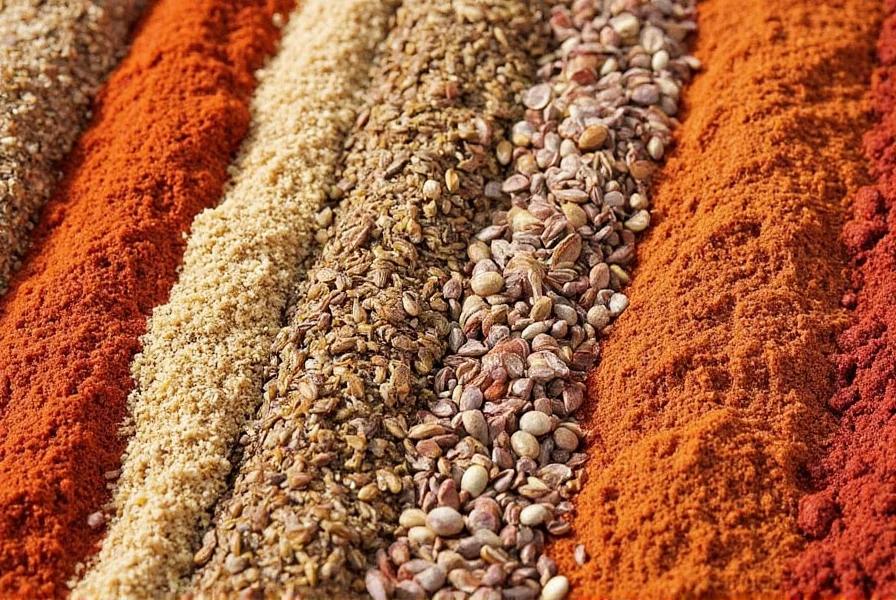
The smoky character comes from the traditional method of smoking the peppers over wood fires before drying and grinding them. This process gives it a distinct flavor profile that can't be replicated by just adding smoke to regular paprika. The result is a spice that enhances the taste of food without overpowering it, making it a favorite among chefs and home cooks alike.
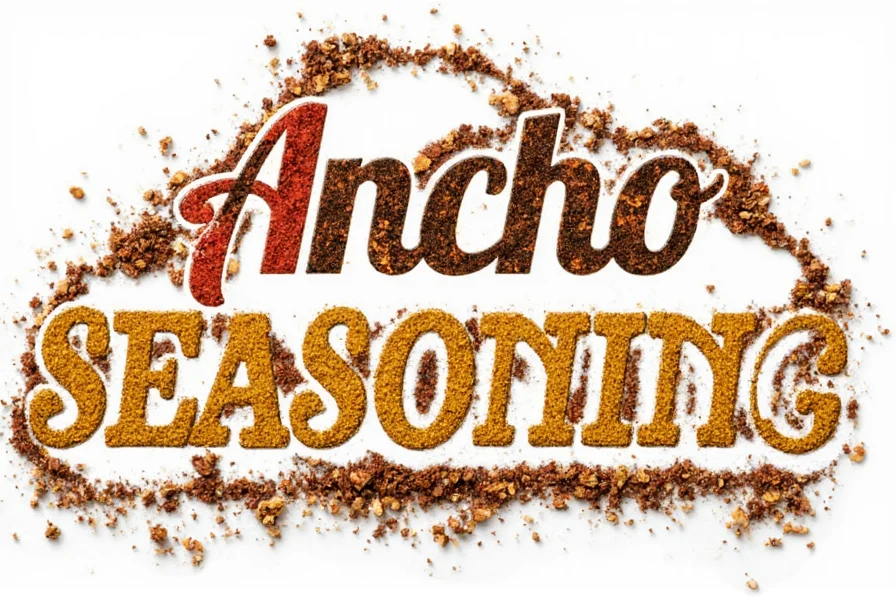
Practical Tips for Using Sweet Smoked Paprika
Whether you're a seasoned chef or a curious foodie, here are some practical tips to help you make the most of sweet smoked paprika:
- Use it as a seasoning for meats: Sprinkle a bit of sweet smoked paprika on chicken, pork, or beef before grilling or roasting to give it an extra layer of flavor.
- Enhance soups and stews: Add a teaspoon to your tomato-based soups or stews for a warm, smoky undertone.
- Make a rub: Combine sweet smoked paprika with garlic powder, onion powder, and a touch of salt to create a delicious dry rub for grilled vegetables or fish.
- Stir into sauces: Mix a small amount into ketchup, mustard, or aioli for a unique twist on classic condiments.
- Pair it with cheese: Sprinkle it over soft cheeses like Brie or Camembert for a savory, smoky contrast.
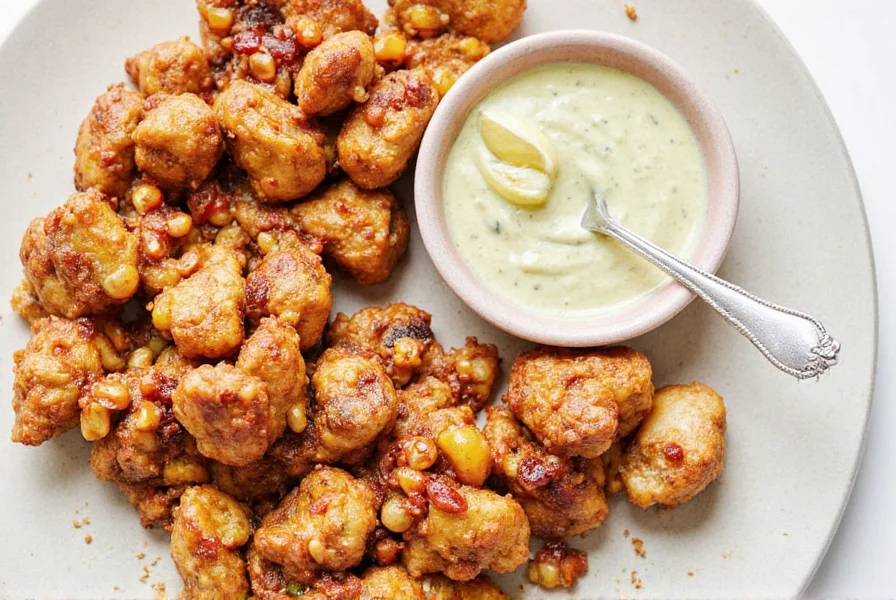
One of the best things about sweet smoked paprika is that it's incredibly versatile. You can use it in both sweet and savory dishes. For example, try adding a pinch to chocolate desserts or caramelized onions for a surprising yet delightful flavor boost.
Cooking Ideas and Pairings
| Dish | How to Use Sweet Smoked Paprika | Best Pairings |
|---|---|---|
| Spanish Omelet | Season the eggs before frying for a smoky finish. | Tomatoes, potatoes, and olives |
| Smoked Paprika Hummus | Add a teaspoon to the hummus base for a rich, smoky twist. | Flatbread, pita, and vegetables |
| Roasted Vegetables | Toss veggies with olive oil and a sprinkle of paprika before roasting. | Garlic, lemon, and herbs |
| Chili | Stir in a tablespoon to deepen the flavor of your chili. | Beans, tomatoes, and cumin |
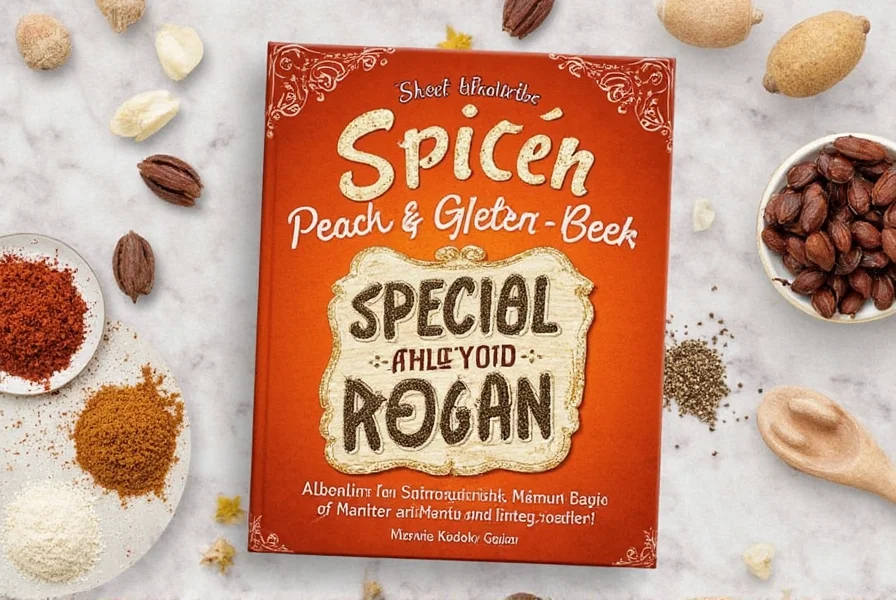
Another great way to use sweet smoked paprika is in marinades. Mix it with olive oil, garlic, and herbs to create a flavorful marinade for chicken, fish, or tofu. The smokiness complements the natural flavors of the ingredients, resulting in a more complex and satisfying dish.
Buying Guide for Sweet Smoked Paprika
When shopping for sweet smoked paprika, it's important to choose a high-quality product that delivers the right balance of sweetness and smokiness. Here's a quick guide to help you make an informed purchase:
- Look for authentic sources: Brands that source their peppers from Spain or Hungary often produce the best quality sweet smoked paprika. These regions have a long tradition of using this spice in their cuisine.
- Check the label: Make sure the packaging clearly states that it's "sweet smoked paprika" and not just "smoked paprika." Some products may have added heat or artificial flavors.
- Consider the form: You can find sweet smoked paprika in both ground and flake forms. Ground paprika is easier to mix into sauces and rubs, while flakes offer a more textured experience when sprinkled on top of dishes.
- Buy in bulk if you cook often: If you plan to use it regularly, purchasing a larger container can save money in the long run. Just make sure to store it in an airtight container away from light and moisture to preserve its flavor.
Here are a few popular brands that are highly recommended:
- La Cava: Known for its premium quality, La Cava offers a rich and aromatic sweet smoked paprika that's perfect for both cooking and finishing dishes.
- Origin Spices: This brand prides itself on sourcing from trusted producers and offers a smooth, balanced flavor that works well in a variety of recipes.
- Paprika de la Vera: From Spain, this variety is made from the same peppers used in traditional Spanish chorizo, giving it a deep, smoky flavor that's hard to beat.
For those who love to experiment, there are also artisanal versions of sweet smoked paprika available online. These often come in smaller batches and offer unique flavor profiles that can elevate your cooking to the next level.
Frequently Asked Questions
What's the difference between sweet smoked paprika and regular paprika?
Sweet smoked paprika is made from peppers that are smoked over wood fires before being dried and ground, giving it a distinct smoky flavor. Regular paprika is simply dried and ground without the smoking process. Additionally, sweet smoked paprika has a mild, sweet flavor profile, while regular paprika can range from sweet to hot depending on the variety.
How should I store sweet smoked paprika to keep it fresh?
Store sweet smoked paprika in an airtight container away from light, heat, and moisture. A cool, dark cupboard is ideal. Properly stored, it will maintain its flavor for about 1-2 years. For extended freshness, some people store it in the refrigerator or freezer, but be sure the container is completely sealed to prevent moisture absorption.
Can sweet smoked paprika be used in place of hot paprika?
Yes, but with some considerations. Sweet smoked paprika lacks the heat of hot paprika, so if a recipe specifically calls for hot paprika for its spiciness, you may need to add a pinch of cayenne pepper or another heat source. The smoky flavor will also change the profile of your dish, which could be a pleasant variation in many recipes.
What dishes work best with sweet smoked paprika?
Sweet smoked paprika shines in Spanish dishes like paella and chorizo, Hungarian goulash, roasted vegetables, tomato-based sauces, soups, stews, and even some egg dishes. It also works well with meats (especially chicken and pork), beans, lentils, and can even enhance chocolate-based desserts with its subtle smokiness.
Is sweet smoked paprika gluten-free?
Yes, pure sweet smoked paprika is naturally gluten-free as it's made solely from ground peppers. However, always check the label if you have celiac disease or gluten sensitivity, as some brands may process their spices in facilities that handle gluten-containing products, which could lead to cross-contamination.
Can I make my own sweet smoked paprika at home?
While challenging to perfectly replicate the traditional process, you can approximate it. Choose sweet red bell peppers, smoke them over low heat using wood chips (like hickory or oak) for several hours until thoroughly dried, then grind them into powder. The traditional method uses specific pepper varieties and controlled smoking conditions that are difficult to achieve at home, but this will give you a homemade version with smoky flavor.
Conclusion
Sweet smoked paprika is more than just a spice—it's a flavor enhancer that adds depth, warmth, and complexity to any dish. Whether you're grilling, roasting, or simmering, this versatile ingredient can transform your cooking in unexpected and delightful ways.
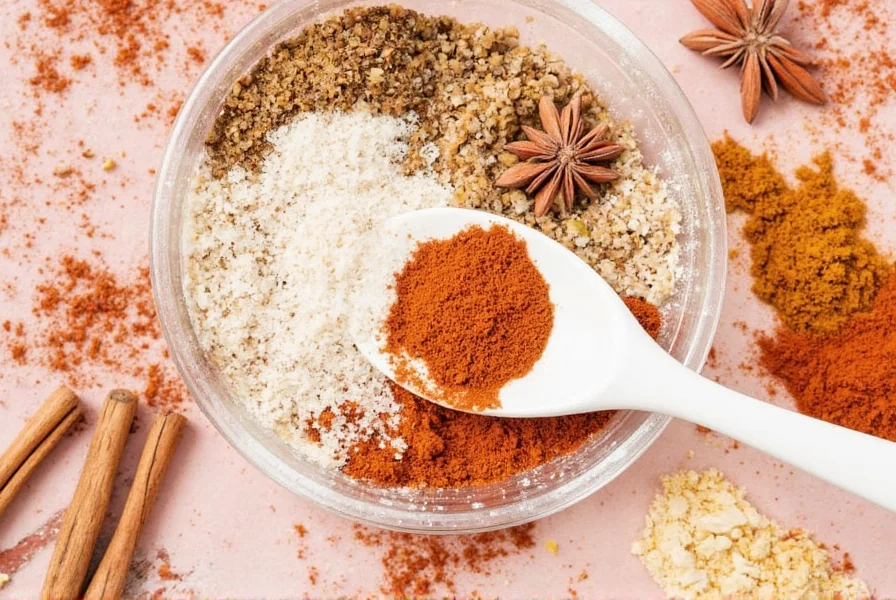
In summary, sweet smoked paprika is a must-have in every spice lover's collection. With the right techniques and pairings, you can unlock a whole new world of flavor. Whether you're a beginner or a pro, this spice is sure to become one of your favorites.










 浙公网安备
33010002000092号
浙公网安备
33010002000092号 浙B2-20120091-4
浙B2-20120091-4